The content of the article
Breastfeeding is a complex and multifaceted process in which many nuances should be taken into account. This is a whole science, on which it depends on whether the baby will eat breast milk or the mother will be forced to switch to artificial feeding. The quality of breastfeeding, the presence or absence of cracks in the nipples, as well as the development of mastitis depends on how you organize the capture of the nipple halos. Stagnation processes occur during breastfeeding quite often, especially in the early stages after the birth of the baby, when lactation has not improved, a lot of milk is produced. All such processes are accompanied by temperature, this is the most common cause of hyperthermia.
Why does a nursing mother have a fever
There can be many reasons for a young mother, although they are often associated with the mammary glands and feeding the baby. So, what reasons can trigger a fever?
- Lactostasis. These are the first stages of various stagnant processes in the milk ducts and glands. Lactostasis can develop for various reasons, in the first place, this is an incorrect attachment to the chest, when the baby does not suck out the milk properly, and it stagnates. Milk may not come out of the ducts if the nipples are abnormally inverted or flat, which is why the baby cannot capture the halo. Frequent and intense pumping can lead to lactostasis. The fact is that the more you express, the more milk comes in, which is more than the needs of your child, if once again you do not express milk, lactostasis is provided. Wearing tight and tightening clothes, feeding by the hour (when a lot of milk accumulates in the mammary glands due to the long time intervals between feeding), and various chest injuries can also lead to stagnation. As a rule, lactostasis and temperature go away quickly after emptying the chest, additional medical intervention is not required.
- Mastitis. This is a serious disease in which the mammary glands become inflamed. Mastitis can be caused by prolonged lactostasis or infection of the ducts from the outside, that is, with trauma and a crack in the nipple, when bacteria enter the child's mouth. Mastitis develops especially rapidly with reduced immunity and the presence of chronic diseases. The breast with mastitis swells greatly, pours, becomes very painful, in some places cones and seals form. With mastitis, a woman's well-being worsens, chills, fever appear, and sweating intensifies. If measures are not taken in time, mastitis can turn into a purulent form, this is fraught with the death of breast tissue, which will have to be removed surgically. You can’t fight mastitis on your own, you should definitely contact a mammologist.
- Postpartum complications. Since the temperature often appears in the first month after the birth of the baby, it can be due to a complication after childbirth. As a rule, this happens if parts of the placenta, blood clots, etc. remain in the uterine cavity. Over time, these tissues begin to become inflamed, which causes a rise in temperature. In this case, it is necessary to do an ultrasound and consult a gynecologist.
- Other diseases. A nursing mother, like other people, is prone to common diseases, including SARS, food poisoning, exacerbation of chronic sores, etc. That is, everything that is not associated with breastfeeding.
It is very important to be able to correctly measure the temperature, because often the armpit is biased in terms of indicators, since the thermometer is near the mammary gland and can show the local temperature. To do this, it is better to measure the temperature in the elbow, orally or basally. But remember that the temperature in the oral cavity or rectum is initially slightly higher, you should know your healthy indicators.
How to get rid of temperature and stagnation with lactostasis
Remember that these are only the first rehabilitation measures to get rid of stagnation. You can not constantly express breast, otherwise milk will come more and more. It is necessary to try to gradually reduce the amount of milk so that the breast does not swell, decanting it only to relief.
How to get rid of temperature with ARVI in a nursing mother

The immunity of a nursing mother is weakened by a deficiency of many vitamins and minerals. Therefore, a woman is more susceptible to viral diseases, especially if there is an older child who carries viruses from the children's team. Treatment is complicated by the fact that you can not use potent antiviral drugs, they can affect milk for the baby. But, fortunately, the virus is perfectly treated with copious drink and folk remedies. You can drink everything that will help you recover - ginger and cranberry tea, rosehip broth. Tea with lemon and raspberry jam is worth drinking carefully - this is an allergen for a child who easily enters milk. In addition to drinking plenty of fluids (which, incidentally, is useful for breastfeeding), it is necessary to ventilate and moisten the room, make inhalations, sleep more and rest. At high temperatures, you can drink paracetamol - it is allowed to be taken during pregnancy and with lactation. By the way, this simple drug not only has an antipyretic effect, but also gives an excellent anti-inflammatory effect.
Is it possible to feed a child at a temperature
When visiting any specialized doctor, do not forget to indicate that you are breast-feeding. Firstly, this is a very important factor in history. Secondly, the doctor prescribes a gentle treatment so that the drugs do not enter the milk. Thirdly, some diseases can be transmitted through milk - remember this. Temperature in this case is the first, very important signal that a young mother should pay attention to.
Video: how to treat a nursing mother

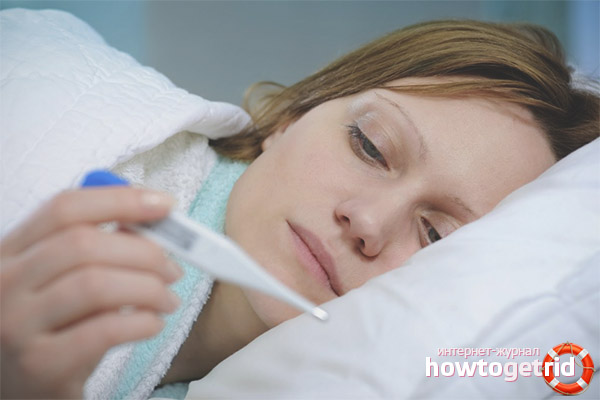
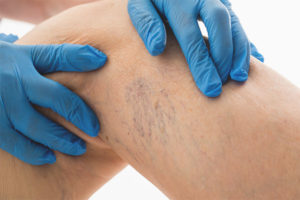
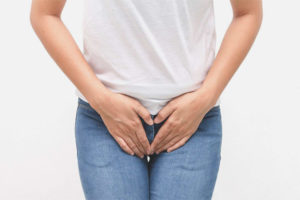
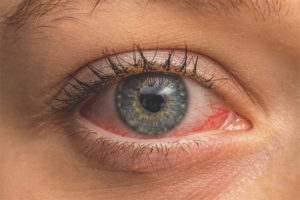

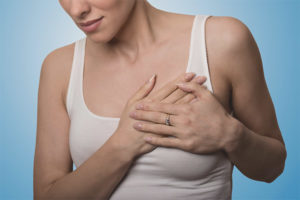
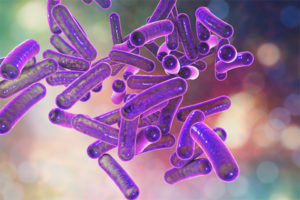
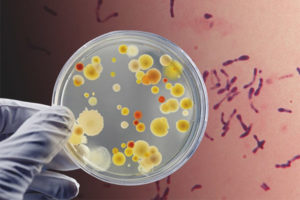

Submit